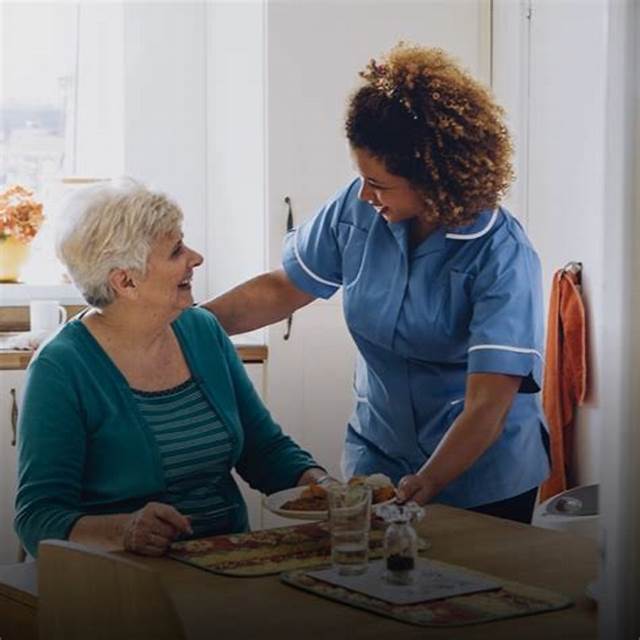Live-in care is a form of home care service where a caregiver resides in the home of the care recipient, providing round-the-clock assistance and support. This type of care is particularly beneficial for individuals who require continuous supervision or assistance with daily activities but wish to remain in the comfort of their own homes. Here are key aspects of live-in care:
-
Continuous Presence:
- A live-in caregiver resides in the home of the care recipient, ensuring a continuous and dedicated presence to address immediate needs.
-
Personalized Care Plans:
- Care plans are tailored to the specific needs and preferences of the individual, covering aspects such as personal care, medication management, meal preparation, and companionship.
-
Assistance with Daily Living:
- Live-in caregivers provide support with activities of daily living (ADLs), including bathing, dressing, grooming, mobility assistance, and toileting.
-
Companionship:
- Beyond practical assistance, live-in caregivers offer companionship, engaging in conversations, recreational activities, and creating a supportive and social environment.
-
Medication Management:
- Caregivers ensure that medications are taken as prescribed, following a schedule and monitoring for any side effects or changes in health.
-
Meal Planning and Preparation:
- Live-in caregivers can assist with meal planning, preparation, and ensuring that dietary preferences and nutritional needs are met.
Carers will help with all manner of tasks. Some of the more common include:
- Getting Up / Going to Bed
- Medication
- Cooking Meals & Cleaning
- Laundry – clothes & bed linen
- Laundry – clothes & bed linen

-
Household Tasks:
- Caregivers may take care of light household tasks, such as cleaning, laundry, and grocery shopping, to maintain a safe and comfortable living environment.
-
Flexibility:
- Live-in care offers a flexible approach, adapting to the changing needs of the individual over time.
-
Individualized Attention:
- With a one-on-one caregiving arrangement, individuals receive more personalized attention, fostering a deeper connection between the caregiver and care recipient.
-
Respite for Family Caregivers:
- Live-in care can provide relief for family caregivers, allowing them to take breaks while ensuring their loved ones receive continuous care.
-
Specialized Care:
- Some live-in caregivers may have training and expertise in specific areas, such as dementia care, allowing for specialized support when needed.
-
Safety and Security:
- The continuous presence of a caregiver enhances the safety and security of the individual, particularly if there are mobility or health concerns.
-
Monitoring and Communication:
- Caregivers often monitor the health of the individual and maintain regular communication with healthcare professionals or family members.
Live-in care provides an alternative to institutionalized care, allowing individuals to age in place with dignity, comfort, and the familiarity of their own homes. It is a comprehensive and holistic approach to caregiving, emphasizing both physical and emotional well-being.




